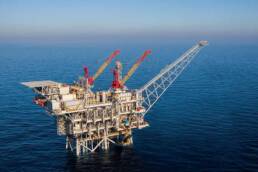Notes:
(*) Contemporary Arab Affairs, Vol. 7 No. 3, September 2014; (pp. 363–379, DOI: 10.1080/17550912.2014.933504
Published By: University of California Press Journals
Copyright & Usage: © 2014 The Centre for Arab Unity Studies
(**) Khalid Sekkat: University of Brussels, Belgium, and Economic Research Forum, Cairo, Egypt
Corresponding author e-mail: ksekkat@ulb.ac.be
We appreciate your support
SUPPORT THE CENTRE FOR ARAB UNITY STUDIES
The Centre is reaching out for its friends and readers for support, whether by ordering our publications and paying for them in hard currency, or through donations. The Centre welcomes any support to boost its resiliency, to ensure its survival, the continuation of its legacy and its commitment to tackle issues facing the Arabs and the Arab world.



